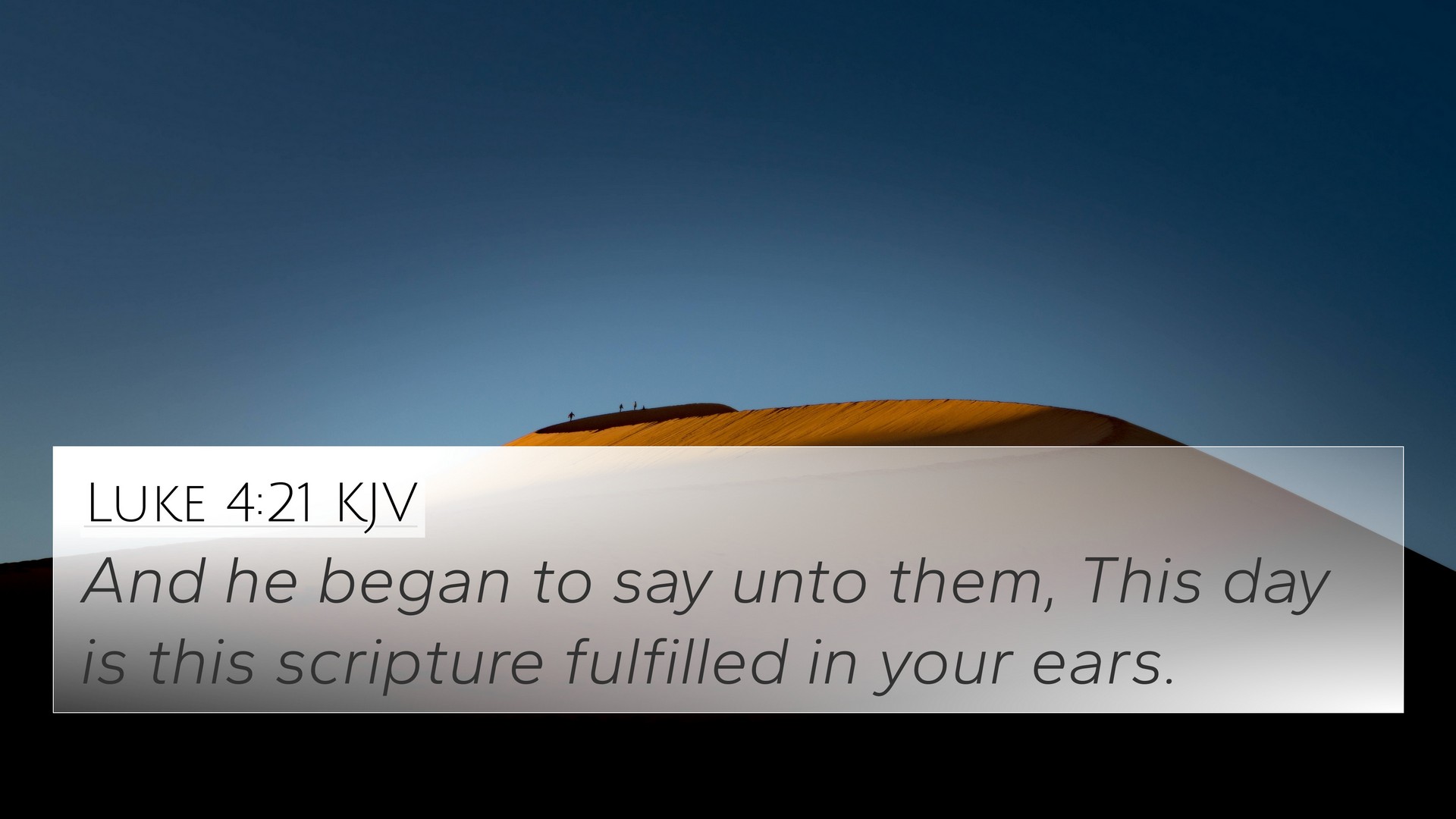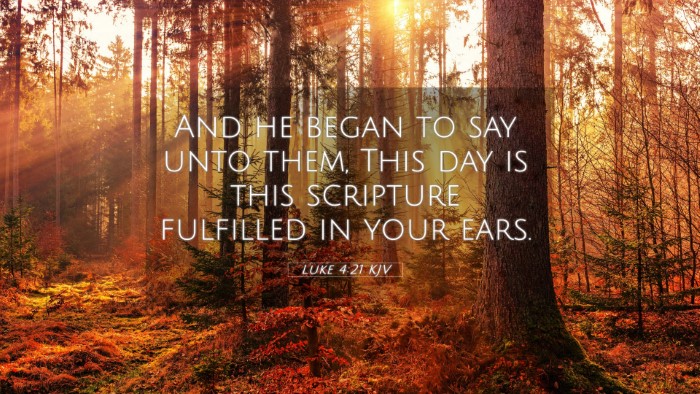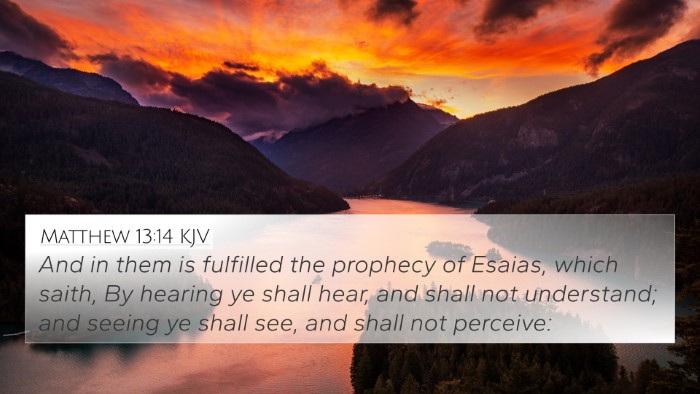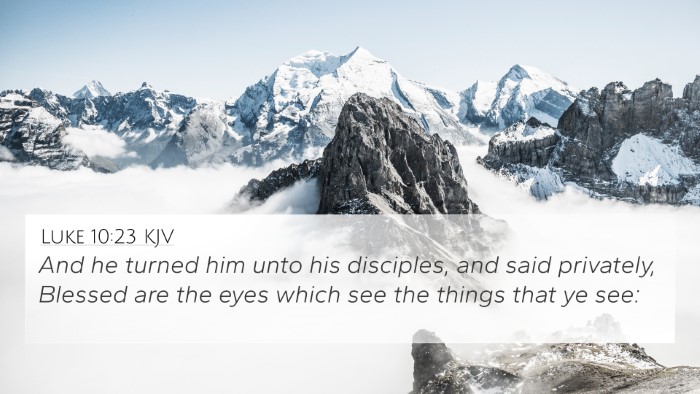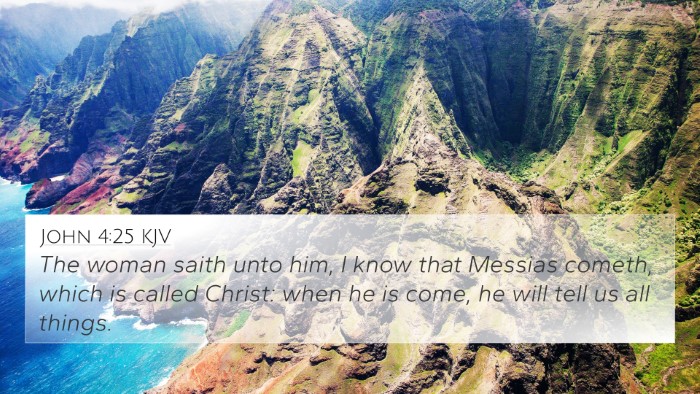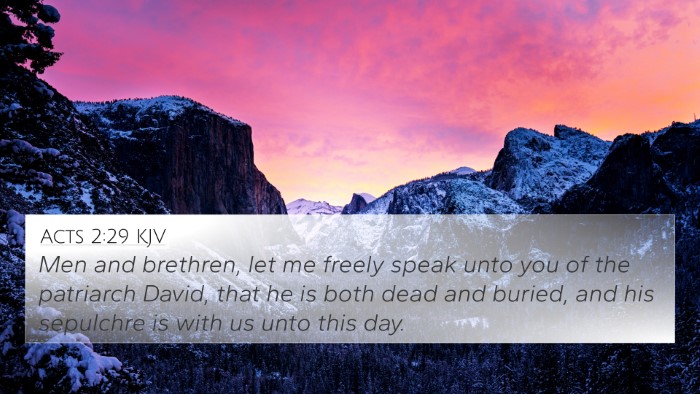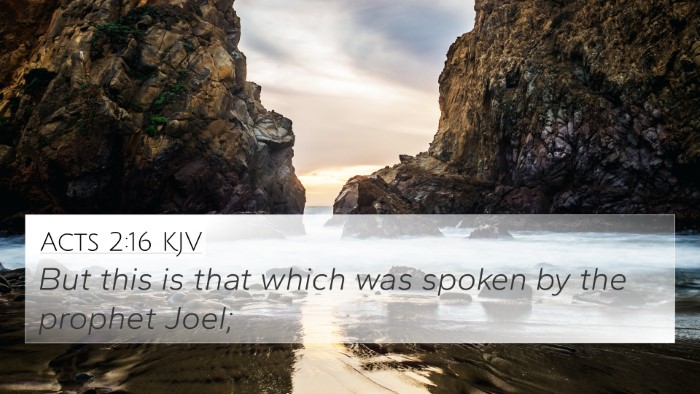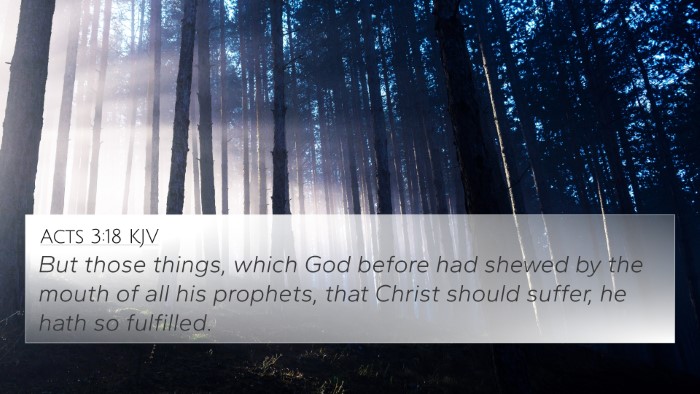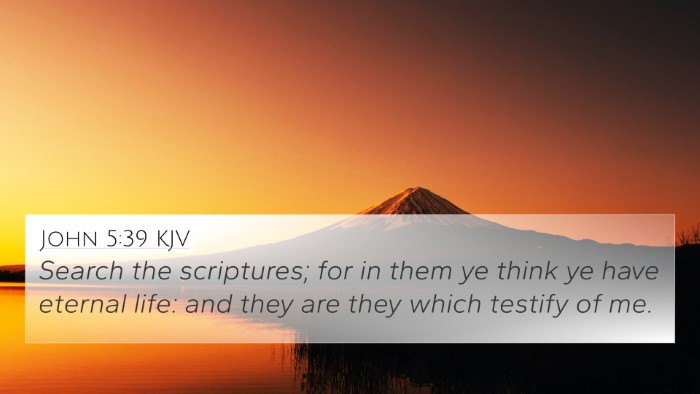Understanding Luke 4:21
In Luke 4:21, we see the profound moment when Jesus, having read from the scroll of Isaiah, applies the prophecy to Himself, proclaiming,
"Today this scripture is fulfilled in your hearing." This declaration is pivotal as it marks the commencement of His
public ministry, establishing His identity as the Messiah and His mission to bring deliverance and hope.
Contextual Overview
To grasp the significance of this verse, we must delve into its context within the Gospel of Luke and the overarching narrative of scripture.
Jesus reads from Isaiah 61:1-2, which speaks of the anointing of the Messiah to preach good news to the poor, proclaim freedom, recovery of sight,
and the year of the Lord's favor. This proclamation confirms the continuity between the Old and New Testaments, showcasing the reliability of
Bible verse cross-references and the connections between Bible verses throughout scripture.
Commentary Insights
-
Matthew Henry’s Commentary:
Henry emphasizes the fulfillment of prophecy through Christ's announcement. He notes that Jesus’ presence and proclamation
not only fulfill ancient promises but also signal a new era of God’s grace and salvation. The verse encapsulates Jesus' role
as an agent of divine mercy, setting a standard for His followers to embody the same mission.
-
Albert Barnes’ Notes:
Barnes interprets the phrase "this scripture is fulfilled" as a definitive confirmation of Jesus’s messianic identity. He argues
that this fulfillment emphasizes the tangible reality of God's promise coming to fruition, wherein Jesus illustrates
the ultimate connection between the prophetic word and current reality.
-
Adam Clarke’s Commentary:
Clarke explains the significance of Jesus claiming fulfillment directly to His audience, noting their initial
astonishment followed by skepticism. This reflects a common theme in scripture where God’s chosen often confront disbelief,
enhancing the importance of understanding the thematic Bible verse connections that reveal human nature in relation to the divine message.
Key Themes and Connections
The themes presented in Luke 4:21 resonate throughout scripture. The concept of deliverance is a prevalent motif that is echoed
in various biblical texts. We can explore these thematic Bible verse connections through several key verses:
- Isaiah 61:1-3: The very passage Jesus reads, which speaks about anointing and healing.
- Luke 7:22: Jesus references His miracles as confirmation of His identity.
- John 10:36: Jesus affirms His divinity and connection to the Father.
- Matthew 5:17: Jesus fulfills the Law and the Prophets, reinforcing His mission.
- Acts 10:38: Peter speaks about Jesus healing and delivering during His ministry, connecting back to Isaiah.
- Romans 10:15: Highlights the importance of preaching the gospel, resonating with the call to preach good news.
- 2 Corinthians 6:2: Refers to the favorable time of salvation, reflecting the ‘year of the Lord’s favor’.
Cross-Referencing Biblical Texts
To study Luke 4:21 deeply, utilize tools for Bible cross-referencing and explore how this verse connects to broader theological themes.
Here are some suggested methods and resources:
- Use a Bible concordance to locate related topics and themes between verses.
- Employ a cross-reference Bible study guide to map out connections within scripture.
- Explore cross-reference Bible study methods that allow for thematic exposition.
Conclusion
In conclusion, Luke 4:21 is more than a statement; it is a proclamation that encapsulates Jesus’s mission while inviting us to partake in
the ongoing fulfillment of God’s promises. Through comparative Bible verse analysis, we can derive invaluable insights and understand the
intricate web of connections between Bible verses that reveal the depth of God's plan for humanity.
